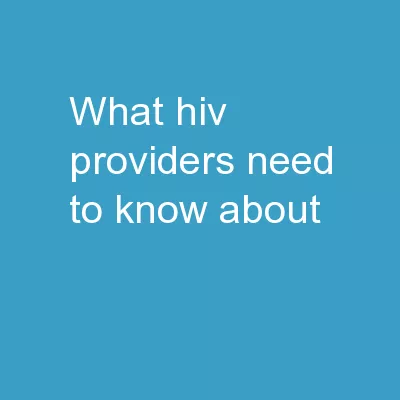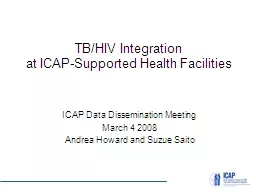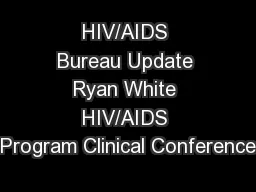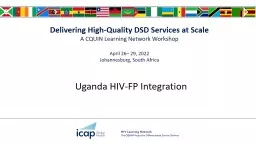PPT-Understanding the Fundamentals of Data System Integration to Enhance HIV Care and Housing
Author : beatever | Published Date : 2020-06-16
Vivian Towe amp Shira Fischer RAND Corporation Agenda Introductions Overview of the data integration project to provide context for workshop participation How data
Presentation Embed Code
Download Presentation
Download Presentation The PPT/PDF document "Understanding the Fundamentals of Data S..." is the property of its rightful owner. Permission is granted to download and print the materials on this website for personal, non-commercial use only, and to display it on your personal computer provided you do not modify the materials and that you retain all copyright notices contained in the materials. By downloading content from our website, you accept the terms of this agreement.
Understanding the Fundamentals of Data System Integration to Enhance HIV Care and Housing: Transcript
Download Rules Of Document
"Understanding the Fundamentals of Data System Integration to Enhance HIV Care and Housing"The content belongs to its owner. You may download and print it for personal use, without modification, and keep all copyright notices. By downloading, you agree to these terms.
Related Documents














